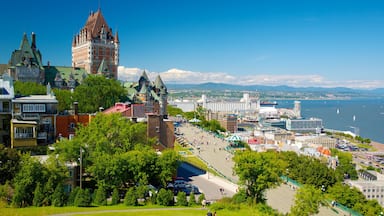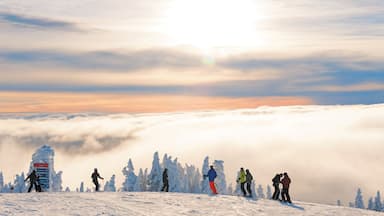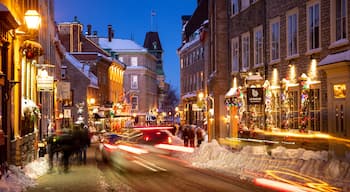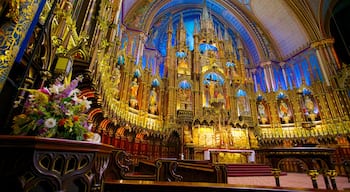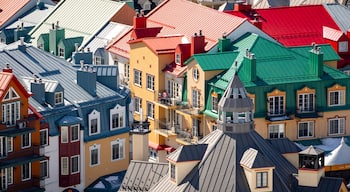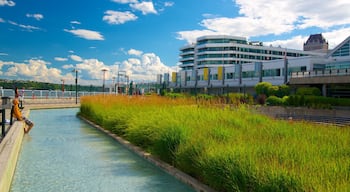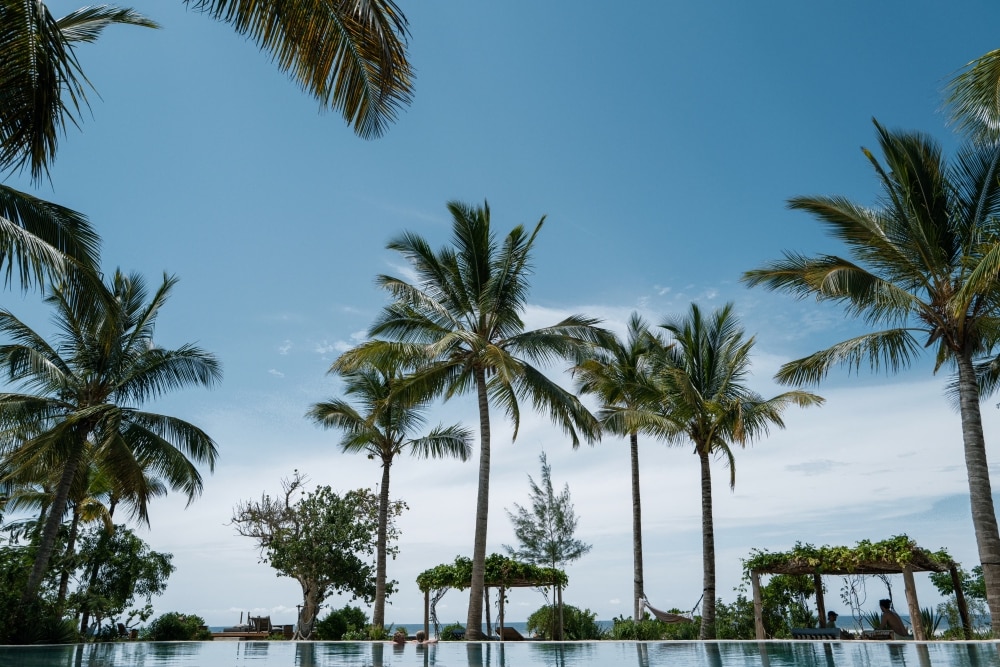
Quebec Vacations & Trips from ¥435,739
Book a Hotel + Flight or Car together to unlock savings
- Plan, book, travel with confidence
- Better togetherSave up to ¥45,448 when you book a flight and hotel together*
- Find the right fitWith over 300,000 hotels worldwide, it's easy to create a perfect package
- Rest easyPlan, book, and manage your trip all in one place
Top destinations in Quebec
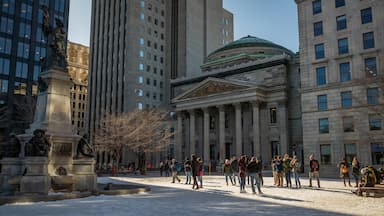
Montreal
The Latest Quebec Vacation Packages

Welcominns Hotel Ottawa
Reviewed on Jan 11, 2026
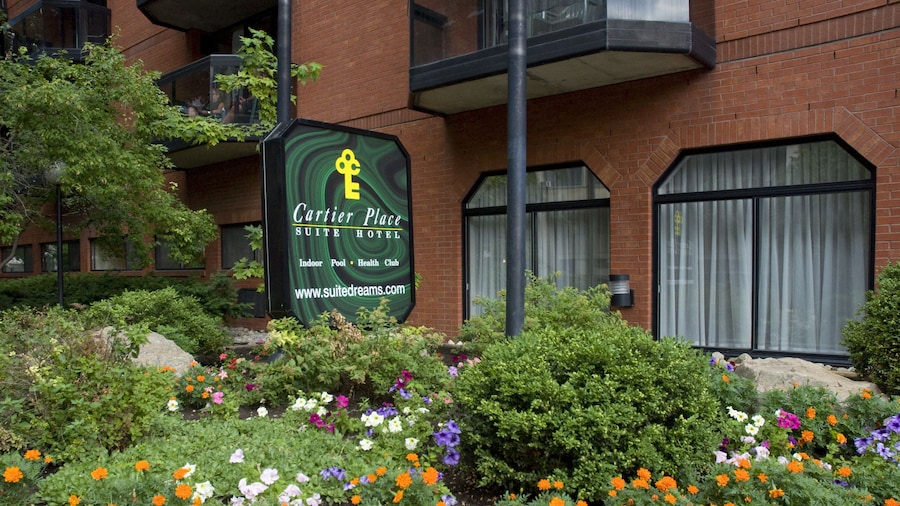
Cartier Place Suite Hotel
Reviewed on Jan 11, 2026
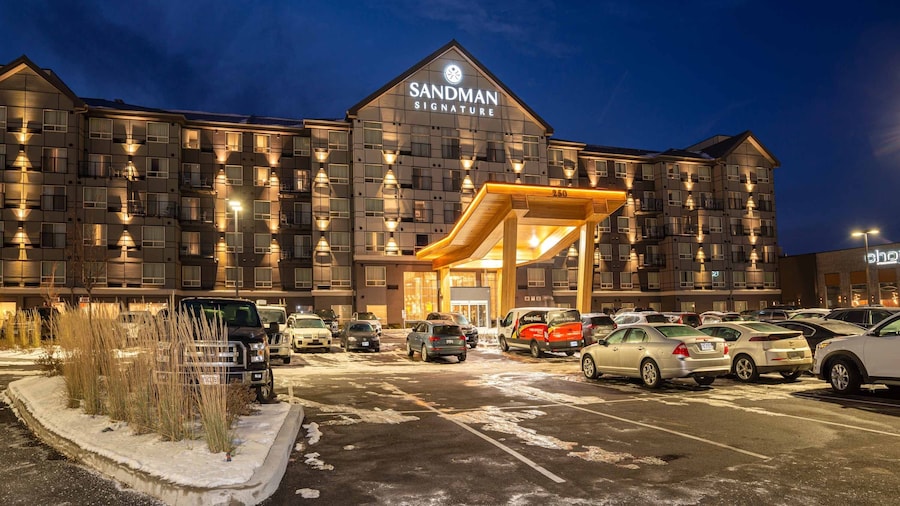
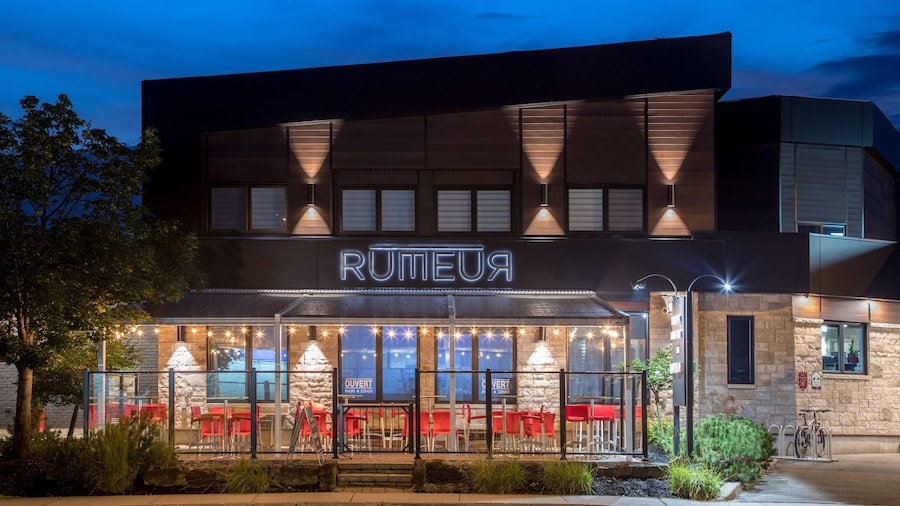

ANDAZ OTTAWA BYWARD MARKET, BY HYATT
Reviewed on Jan 10, 2026
Where to stay in Quebec
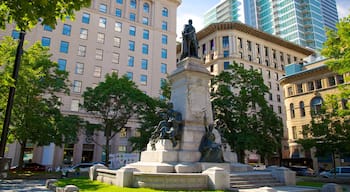
Downtown Montreal
Central business district with numerous skyscrapers, Downtown Montreal offers an underground mall, high-end retail stores, and various museums. Enjoy convenient transport options, including Central Station and Montreal Metro.
Quebec Hotel Deals

Hôtel Le Concorde Québec
We had an enjoyable stay just after Christmas. The hotel was a very busy spot at that time. The rooms were clean, spacious and comfortable. The view from our room was incredible. The staff were extremely friendly and helpful. We read lots of negative comments prior to our trip and we were pleasantly ...
Reviewed on Jan 4, 2026
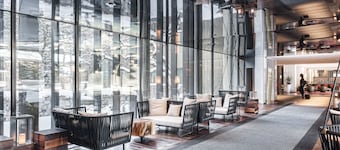
Hotel Bonaventure Montreal
It was beautiful
Reviewed on Jan 6, 2026

Fairmont Le Chateau Frontenac
It’s a magical hotel to stay at during the winter holidays. The decorations are dreamy. Our room view on the 18th floor was stunning. The customer service was excellent. Our 3 years old enjoyed the treasure hunt throughout the castle. We were just very disappointed with the Holiday Brunch, for the ...
Reviewed on Jan 6, 2026
Frequently asked questions
Discover the most popular places to visit in Quebec
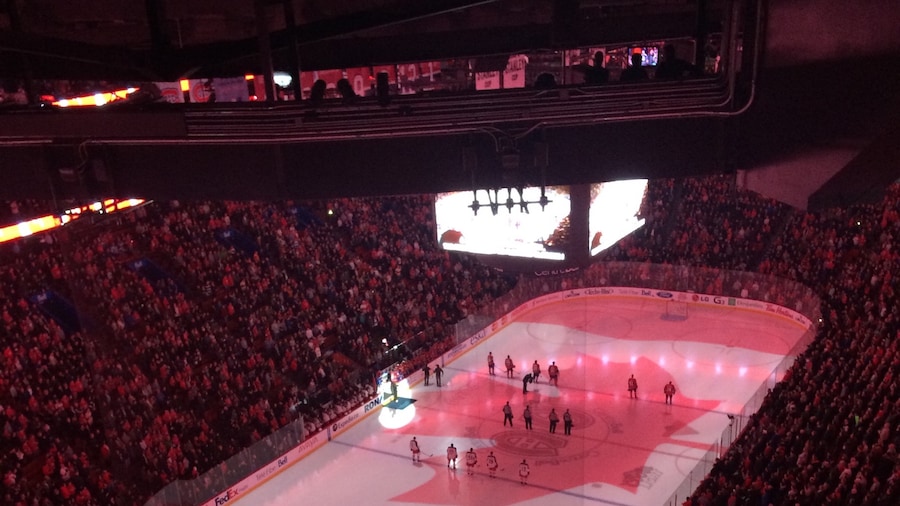
Bell Centre
Catch an event at Bell Centre during your trip to Montreal. Experience the acclaimed theater scene and fascinating museums in this vibrant area.

Mont-Tremblant Ski Resort
Ski vacation packages in Mont Tremblant, Canada offer great deals for a fantastic mountain retreat.
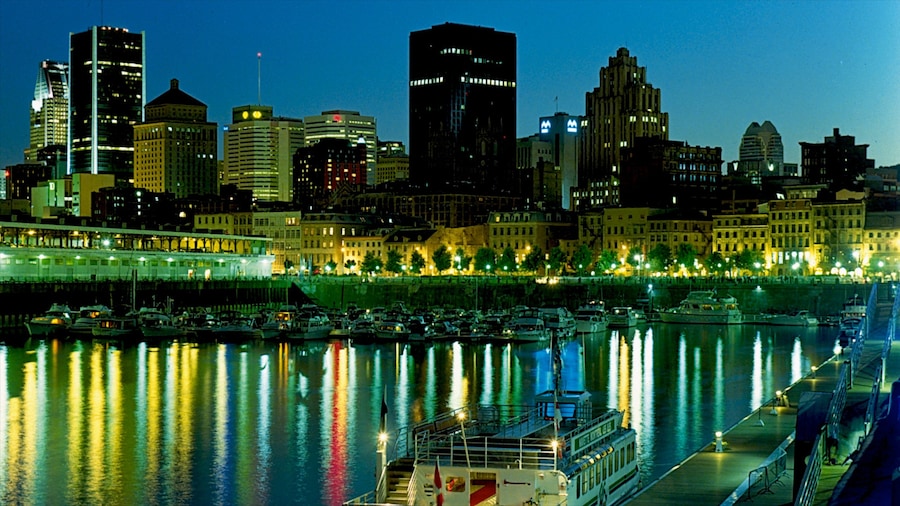
Old Port of Montreal
Historic architecture, modern attractions and an exciting calendar of festivals make it impossible to get bored at this lively and scenic riverfront space.
Explore a world of travel with Expedia
- Family Hotels in Montreal
- Resorts in Blue Sea
- Bedford Hotels
- Apartments in Gatineau
- 4 Star Hotels in Mont-Tremblant
- Hostels in Melbourne
- Mille-Isles Hotels
- Montreal Hotels
- 3 Star Hotels in Georgeville
- Richmond Hotels
- Oka Hotels
- Fairmont Hotels in Québec City
- Blue Sea Hotels
- Resorts in Mont-Tremblant
- Lodges in Blue Sea
- Cheap Hotels in Hampstead
- Ryokans in Blue Sea
- Yamaska Hotels
- 3 Star Hotels in Québec City
- Québec City Hotels
- Guest Houses in Val-des-Monts
- Cheap Hotels in Blue Sea
- 4 Star Hotels in Senneterre
- Best Western Hotels in Mont-Tremblant
- Luxury Hotels in Melbourne
- Apartments in Montreal
- Cheap Hotels in Montreal
- Hostels in Chelsea
- Melbourne Hotels
- Melbourne Vacations
- Mirabel Vacations
- Oka Vacations
- Visit Kuujjuaq
- Saint-Brigitte-De-Laval Vacations
- Visit La Malbaie
- Levis Vacations
- Quaqtaq Vacations
- Trois-Rivieres Vacations
- Kangiqsujuaq Vacations
- Mont-Blanc Vacations
- Montreal Vacations
- Hudson Vacations
- Ivujivik Vacations
- Austin Vacations
- Visit Sainte-Anne-de-Sabrevois
- Mont-Tremblant Vacations
- Visit Sainte-Agathe-des-Monts
- Visit Yamaska
- Bolton-Est Vacations
- Escuminac Vacations
- Québec City Vacations
- Marieville Vacations
- Kirkland Vacations
- Gracefield Vacations
